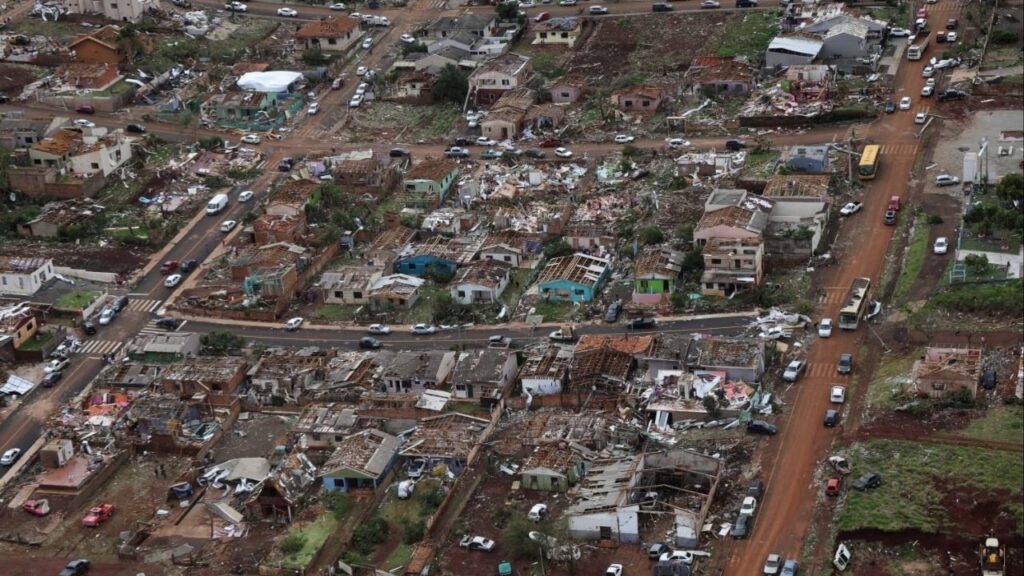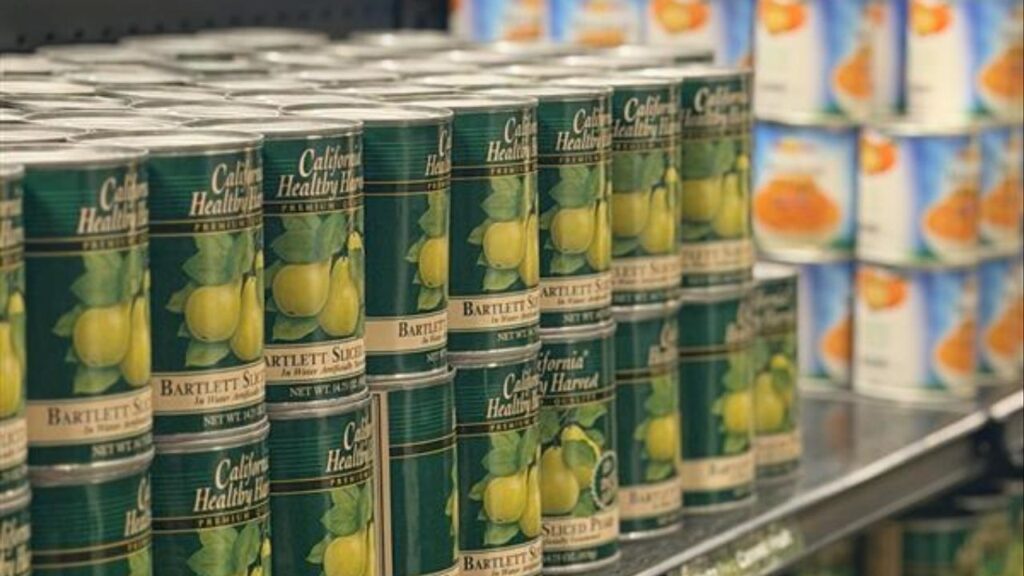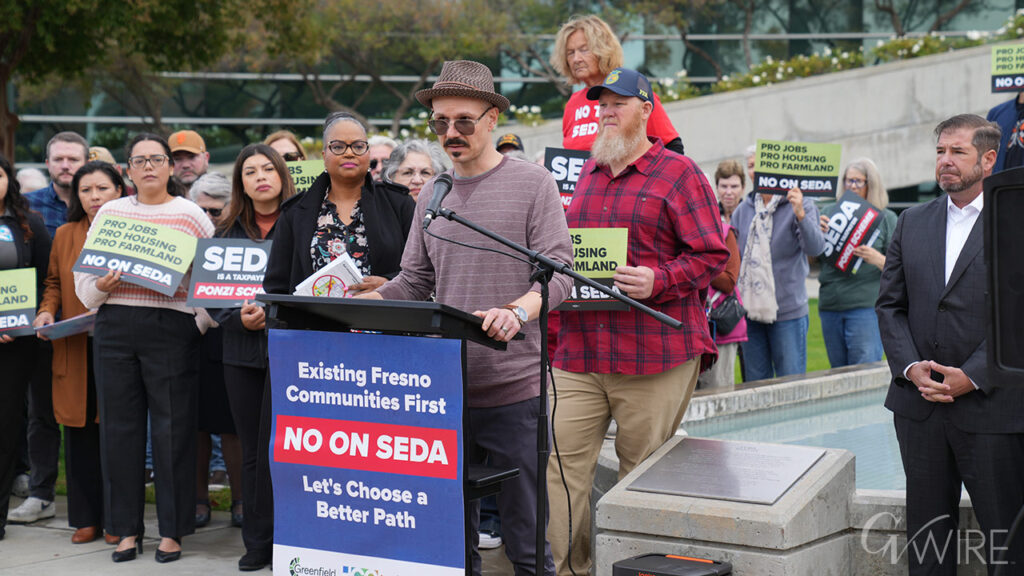Share
For more stories on inequality in California, sign up for Inequality Insights, a weekly must-read on one of California’s most pressing issues.

Kerry Jackson
Special to CalMatters

Wayne Winegarden
Special to CalMatters
California put aside $7.2 billion to address homelessness in the 2021-22 state budget. Last year, there were an estimated 172,000 homeless statewide, which equates to spending nearly $42,000 per homeless person.
Spending of this magnitude – which only accounts for state money – is sufficient if it were applied effectively. The worsening crisis indicates that something is off with how the state spends its resources.
This perspective is important in light of a comprehensive homeless survey by UC San Francisco. Many of its findings are enlightening, but too many of its suggestions call for more spending.
It strains credulity to believe that spending $42,000 per person is insufficient, but if bumped up to $45,000, all will be OK. California does not have the worst-in-the-nation homeless crisis because it spends too little.
Continued calls for more government subsidies supporting the state’s ineffective housing-first approach will waste money while failing to alleviate the emergency.
The survey confirms some things we already know, such as most of the homeless in California (78%) are unsheltered. It also provides essential information to help sustainably address homelessness, such as the pivotal role housing unaffordability plays in driving the problem.
Solutions require policymakers to leverage all we have learned to adopt a more innovative structure for addressing the grim conditions.
Homeless Courts Are a Good Idea
The UCSF Benioff Homelessness and Housing Initiative does recommend some innovative policies, such as establishing homeless courts as also advocated by Gov. Gavin Newsom. While neither a perfect nor sweeping solution, a court system ordering treatment programs for the homeless could make a difference.
If the effort has the necessary scope and force, it can help move homeless people suffering from mental illness and addiction into a setting of care rather than the current invisible asylum of “the street, the jail, and the emergency room.”
Other suggestions merely throw money at the current ineffective government-run programs, a poor strategy bound to fail. Instead, California should fund well-run and fully accountable private sector groups that help homeless people gain control, address any issues and then become self-sufficient. The “California Way” bias has blinded lawmakers from successful initiatives in other states and tailoring them to West Coast needs. Partnerships and nonprofits in Virginia, Tennessee and elsewhere have shown that they can sustainably address homelessness through novel methods, flexibility and personalization.
Fix the Housing Shortage
Another flaw is government’s focus on “controlling the cost of housing” rather than removing disincentives driving the housing shortage. As rising inflation reminds us, you don’t lower the cost of anything by throwing money at people. We need to incentivize more housing supply by lowering costs and construction time through deregulation and avoiding harmful policies like rent control that worsen housing unaffordability.
The richest target for deregulation is also the state’s most firmly entrenched law: the California Environmental Quality Act. While well-intended when enacted in 1970, it has become a destructive force derailing “the possibility of homeownership” among the “hardworking members of Latino, Black and other minority communities,” says Jennifer Hernandez, an environmental and land-use lawyer who has documented CEQA’s long list of litigation abuses.
Both Newsom and before him Gov. Jerry Brown have publicly supported CEQA reform, which is a start. A better plan would be a legislative initiative to repeal and replace.
Concerns that dismantling CEQA would invite environmental mayhem are overblown. Fresh legislation relying on the volumes of knowledge gained in protecting the environment since CEQA became law, and including provisions that would prevent it from becoming another tool for abuse should not be beyond the abilities of lawmakers.
Spending $42,000 a year per homeless person is wheel-spinning on a grand scale. It shows a lack of reflection and a poverty of ideas. The progressive policy framework has made no progress on homelessness. It shouldn’t be too much to ask lawmakers to rethink their premises.
About the Authors
Kerry Jackson is a fellow with the Center for California Reform at the Pacific Research Institute. Wayne Winegarden is a senior fellow in business and economics at the Pacific Research Institute.
About CalMatters
CalMatters is a nonprofit, nonpartisan newsroom committed to explaining California policy and politics.
RELATED TOPICS:
Categories




















